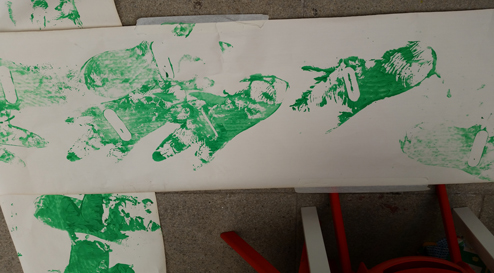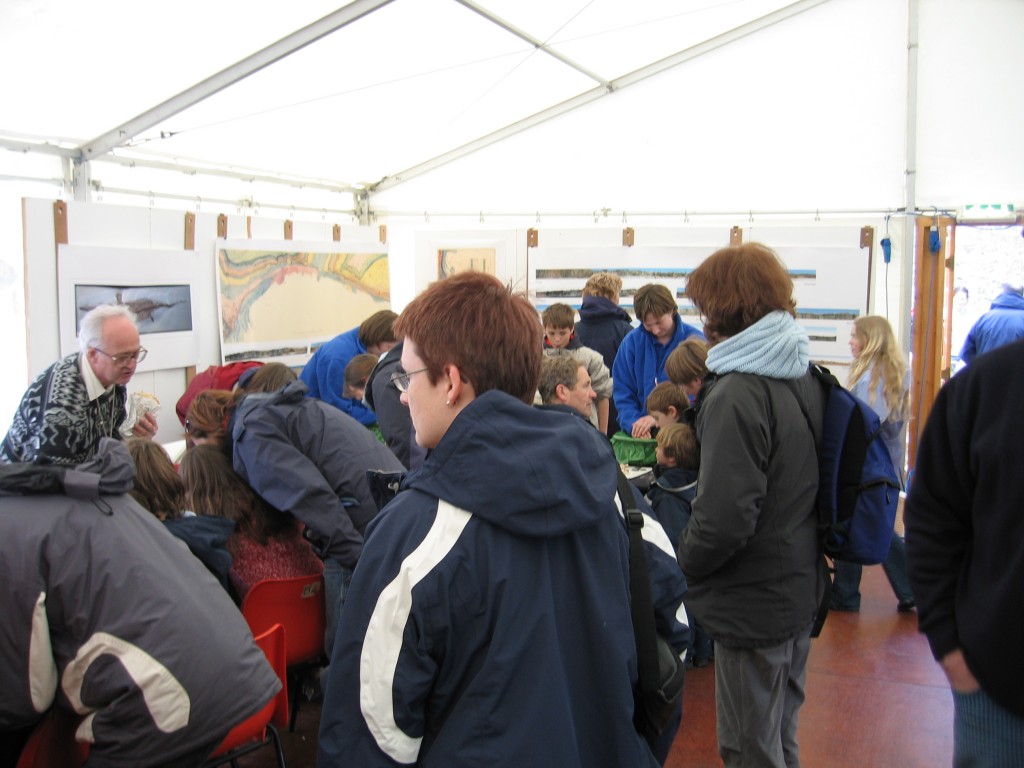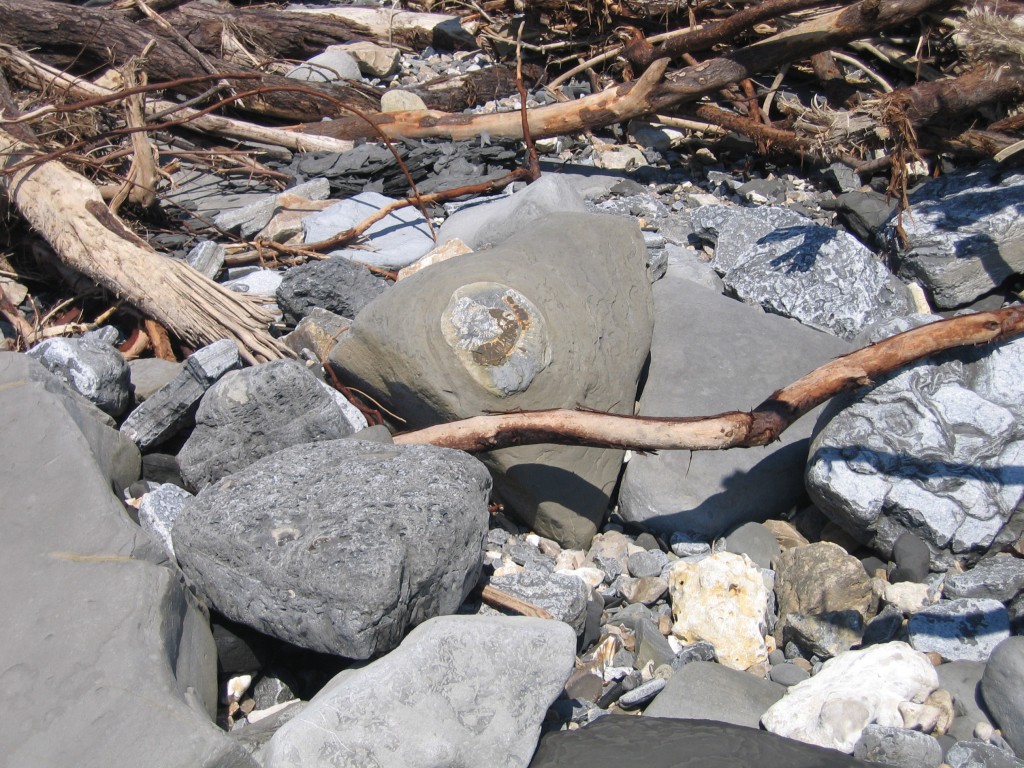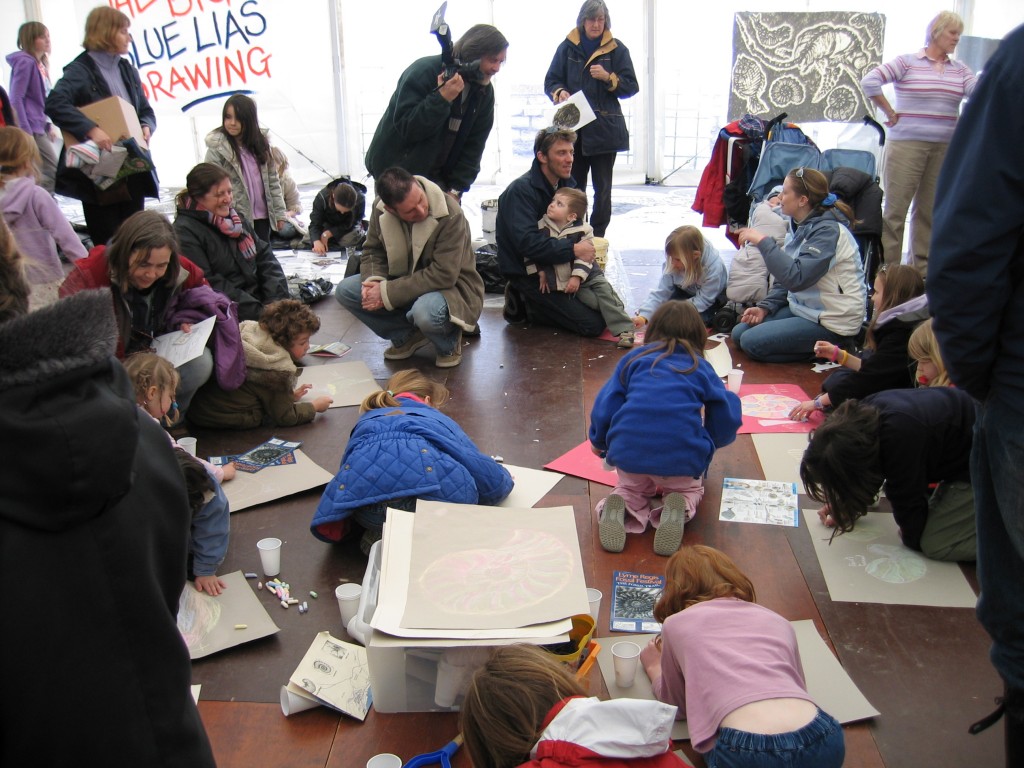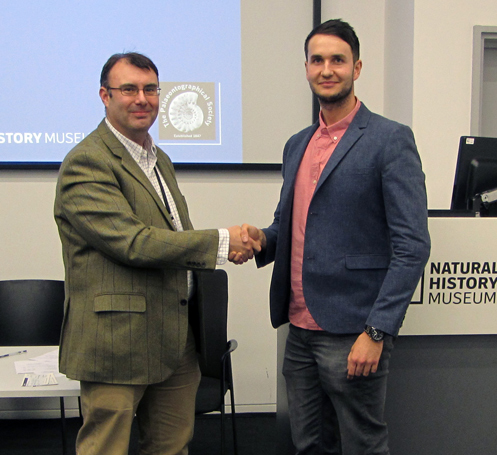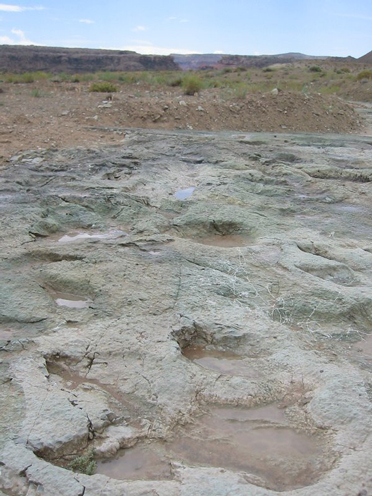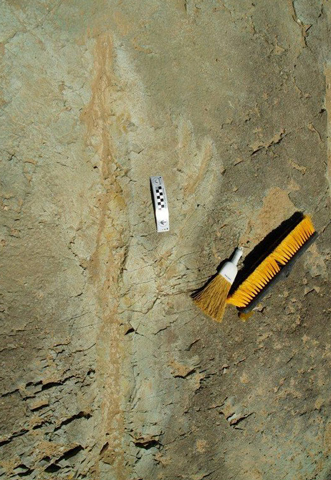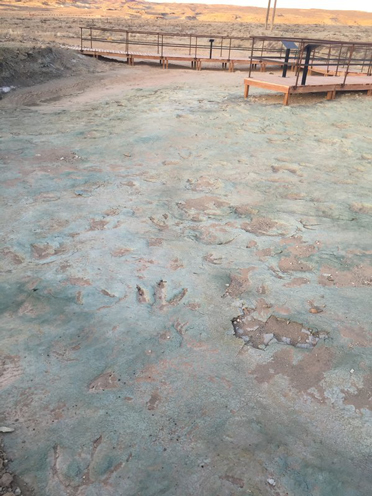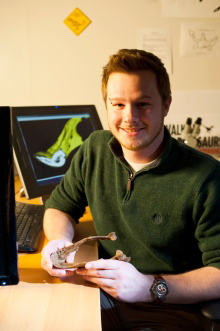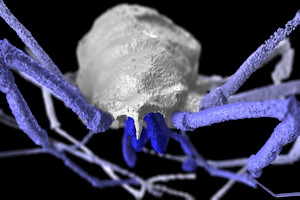Bayesian Analysis Sheds New Light on Dinosaur Decline
This week has seen the publication of a splendid piece of research by scientists from Reading and Bristol Universities. The research team, which included lead author Dr. Manabu Sakamoto and his colleague Dr. Chris Venditti (Reading University), along with Professor Mike Benton (Bristol University), conclude that far from a sudden and abrupt end to the Dinosauria, as a result of a culmination of catastrophes around sixty-six million years ago, the dinosaurs were already on their way out. In fact, according to their calculations, the dinosaurs had been in decline for the previous fifty million years.
Long-term Decline Versus a Sudden Population Collapse
The debate regarding whether the Dinosauria declined very rapidly or whether they were in a long-term, terminal decline, has raged for decades. Everything Dinosaur team members remember a study undertaken into the diversity of the dinosaurs from the Hell Creek Formation. This study calculated the number of different types of dinosaur associated with different layers of rock. It was concluded that at the point where the non-avian dinosaurs disappear from the fossil record (K-T boundary), there were much fewer species present then in rock strata that represented slightly older sediments.
Dinosaur Decline
The overwhelming dominance of horned dinosaurs and Hadrosaurs compared to other types of dinosaur preserved in the bedding planes studied, also suggested a relatively unhealthy balance in the ecosystem.
Two years ago, Everything Dinosaur reported on another piece of research that concluded that the demise of the dinosaurs was a result of “bad luck and bad timing”.
To read more about this study: Dinosaur Extinction – “A Perfect Storm”
Bayesian Analysis Points the Way
The difficulty with a debate like this is that palaeontologists do not have a complete data set to work with. The fossil record is simply not complete enough to provide definitive proof, one way or another. It’s not just that there are not enough body and trace fossils of dinosaurs around from the Cretaceous, but scientists have very limited information on other types of fauna, the mammals for example.
Mammalian diversity may have been very apparent had you or I been able to travel back in time and wander through the temperate conifer forests of northern Laramidia for example, but in the absence of a time machine, we have to work with inadequate and far from complete information.
However, in this paper, perhaps for the first time, Bayesian analysis has been applied to assess the evolutionary dynamics in terms of how quickly the dinosaurs were able to evolve into new species to replace other species that had died out.
Overwhelming Support for the Theory of Long-term Decline
The scientists find that their Bayesian analysis provides overwhelming support for the theory of a long-term decline across all three sub-clades of the Dinosauria (the Ornithischia, Sauropodomorpha and the Theropoda).
Slowing Rate of New Species Development
The rate of new species development slowed down over time and this was ultimately overtaken by the species extinction rate tens of millions of years before the Cretaceous mass extinction event. Or putting it another may, that extraterrestrial object that smashed into the Gulf of Mexico was tens of millions of miles away when the dinosaurs actually began to die out.
A Slow Decline According to the Statistics – Dinosaurs Did Not Go Out with a Bang!

Cataclysmic impact event that led to the extinction of the dinosaurs?
Picture credit: Don Davis commissioned by NASA
Commenting on the implications for other terrestrial vertebrates, one of the authors of the scientific paper published in the Proceedings of the National Academy of Sciences, Dr. Chris Venditti stated:
“The decline of the dinosaurs would have left plenty of room for mammals, the group of species which humans are a member of, to flourish before the impact, priming them to replace dinosaurs as the dominant animals on Earth.”
What is Bayesian Analysis?
It’s complicated, named after the mathematician Thomas Bayes (1701-1761), Bayesian analysis is a statistical methodology that takes into account the absence of complete data. By looking at the existing information, a more complete picture can be built up using information inferred from the data that you do have. Bayesian analysis relies upon interpretations of probability which are based on degrees of belief.
There are a number of different forms of analytical technique that can be applied based on these principles.
Jigsaw Puzzle to Explain Bayesian Analysis
In simple terms, imagine you have a dinosaur themed jigsaw that is made up of 24 pieces:
- If you have all 24 pieces then it is easy to put together the jigsaw puzzle and see 100% of the picture.
- BUT… if you were to ask another person to complete the puzzle but only gave them 12 pieces (50%), then that person would only have half the data to work on.
- To solve the puzzle, that second person would have to examine the patterns made by the 12 pieces, to look at their shapes, their size, their colours and to use their existing knowledge about what the complete picture might be in order to compensate for the lack of all the jigsaw pieces to play with.
- Using the Schleich Mini Dino Landscape “Discovery” Set seen below as an example, the second person would have to infer from the information available what the completed jigsaw puzzle would actually look like – this is essentially what Bayesian analysis permits you to do.
A Dinosaur Jigsaw Puzzle Helps to Explain Bayesian Principles
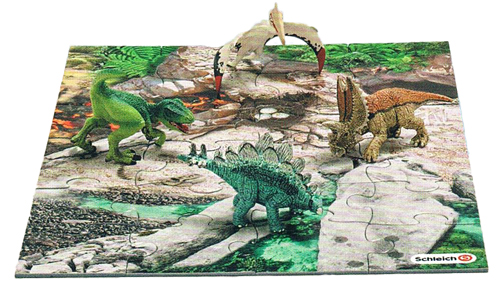
Green Velociraptor, Torosaurus, Stegosaurus and Quetzalcoatlus are included in this Schleich jigsaw puzzle set.
Picture credit: Everything Dinosaur
Schleich Prehistoric Animal Figures
To view the Schleich range of prehistoric animal models: Schleich Dinosaurs and Prehistoric Animal Figures.
Professor Mike Benton, explained that the dramatic impact event was probably the last straw for the remaining types of dinosaur:
“All the evidence shows that the dinosaurs, which had already been around, dominating terrestrial ecosystems for 150 million years, somehow lost the ability to speciate fast enough. This was likely to have contributed to their inability to recover from the environmental crisis caused by the impact.”
The Bayesian analysis shows that the sauropodomorphs, the long-necked, super-sized herbivorous titanosaurs were declining the fastest, whilst the theropods (mostly meat-eaters), were declining at a more gradual rate.
A Stylised Graph Indicating Rate of Decline for the Three Main Sub-Clades of the Dinosauria
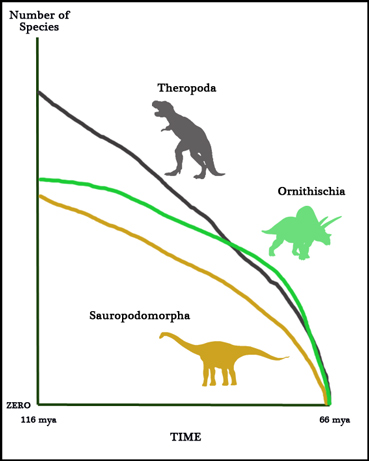
Plotting the demise of the dinosaurs.
Graph credit: Everything Dinosaur
The graph above is intended to illustrate that, in this new Bayesian analysis, the Sauropodomorpha clade was shown to be declining most rapidly. The Theropoda was in decline but the speed of de-speciation was lower and the Ornithischia was also in decline too but the rise of the Hadrosauriformes (duck-billed dinosaurs) and the rapid diversification of the Ceratopsidae (horned dinosaurs), temporarily bucked the downward trend.
Exceptions to the Rule (Dinosaur Decline)
The only exceptions to the general trend are the Cretaceous herbivores, the duck-billed dinosaurs and the horned dinosaurs. These two types of dinosaur show rapid species proliferation throughout the Late Cretaceous. However, the research team conclude that overall, the Dinosauria showed a marked reduction in their ability to replace species that had died out with new species. This made the dinosaurs vulnerable to extinction and unable to evolve quickly enough to allow them to recover from the catastrophic events that mark the end of the Mesozoic.
Visit the Everything Dinosaur website: Everything Dinosaur.


